As a lover of botany and nature, I’m always delighted to come across trees graced with ornamental green spheres. These verdant globes come in an array of shapes and serve diverse purposes, from housing seeds to attracting wildlife. When borne on evergreens, they provide year-round intrigue.
In this article, we’ll explore some of the most striking evergreen trees characterized by green balls and what makes them special Understanding these botanical wonders provides insight into nature’s ingenuity and deepens our appreciation for the living world
American Holly
A standout evergreen, American holly (Ilex opaca) flourishes across the eastern United States. Its leathery oval leaves maintain a deep green hue year-round and feature spiny tips that deter browsing animals. The tree produces small green spheres that ripen into bright red berries, a great source of food for birds and small mammals during winter. Its prickly foliage also provides shelter for birds.
Beyond wildlife value, the American holly’s red berries and pointy leaves carry cultural symbolism, often representing holiday cheer. While the berries are toxic to humans, the tree adds ornamental value to landscapes. American holly thrives in moist, acidic, well-drained soil in full sun to partial shade.
Southern Magnolia
An icon of the South, the stately southern magnolia (Magnolia grandiflora) charms with its huge, fragrant white blossoms and deep green leaves. Metallic green cones stud its branches, splitting open at maturity to reveal red seeds relished by wildlife. These evergreen trees prefer rich, moist soil and thrive in warm climates.
Southern magnolias are symbols of hospitality, nobility and perseverance. Their striking flowers seed cones, and adaptability make them treasured landscape trees. They require little maintenance beyond pruning of lower branches as the tree matures. Southern magnolia truly shines as a focal point specimen.
Holly Oak
Also called holm oak, holly oak (Quercus ilex) is an elegant broadleaf evergreen tree found across coastal areas of the Mediterranean. Its leathery, spiny-margined leaves resemble those of holly, giving rise to its common name.
While comparatively small for an oak at 40-60 feet tall and wide, holly oak forms a dense, evenly rounded canopy ideal for shade. Groups of tiny green acorns are produced on female trees in spring. Hardy and adaptable, holly oak tolerates drought, coastal conditions, and clay soil. Its handsome looks and wildlife value make it a favored landscape tree.
Saw Palmetto
In the southeastern U.S., saw palmetto (Serenoa repens) provides textural interest with its clumping, fan-shaped fronds. This small palm stays under 10 feet tall, spreading slowly via rhizomes to form a compact groundcover. Its stubby trunk is hidden by leaves.
In late summer, saw palmetto produces green fruits relished by wildlife. Native Americans used saw palmetto fronds for thatch and wove the stems into baskets. Today it lends a tropical look to landscapes, gardens, and pool areas. Saw palmetto flourishes in warm, humid climates, providing habitat beneath its shade.
Emerald Arborvitae
With its slender, vertical form and dense foliage, the aptly named emerald arborvitae (Thuja occidentalis ‘Emerald’) brings evergreen structure to landscapes. This versatile conifer also serves well for screens and hedges. Its flattened sprays of scale-like leaves maintain a bright green color throughout winter.
While the species can reach 60 feet tall, the ‘Emerald’ cultivar tops out around 15 feet, making it ideal for smaller sites. Tiny green cones appear on mature plants but are not ornamentally significant. Simple care, decorative looks, and hardiness make this a go-to evergreen for gardens and yards.
Exploring Nature’s Wonders
Part of the intrigue of trees lies in their variations and surprises, like the presence of ornamental spheres. Evergreen types allow us to appreciate these unique botanical features year-round. By learning about trees that produce decorative green balls, we gain insight into nature’s creativity and the ecology around us. Get out and explore the green wonders our world has to offer!
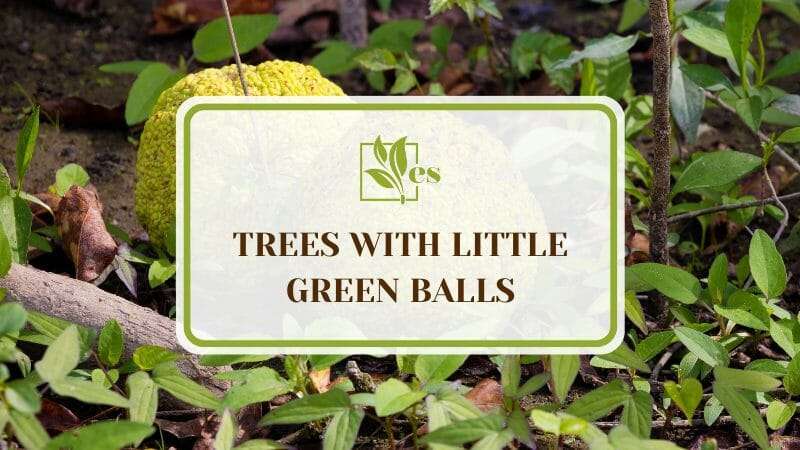
Osage Orange Tree
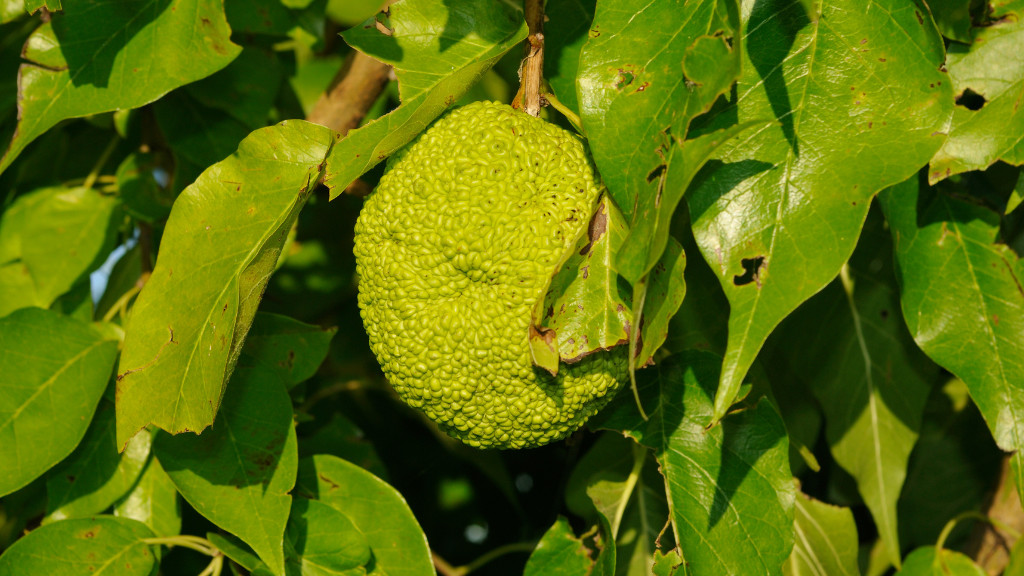
Growing Season: Spring, Summer, Fall
Leaf Shape: Alternate, Simple
Special Needs: Open sunny location, Moist soil
Common Pests: Borers
The Osage Orange Tree, native to the central United States, symbolizes strength and resilience. This tree is renowned for its bright green balls, which are actually a type of fruit. These waxy-textured balls mature in late fall though are not edible, still a sight to behold. The wood of the Osage Orange Tree is distinctively yellow and is often used in furniture making.

Growing Season: Spring
Leaf Shape: Spiral, Serrated
Special Needs: Partial sunlight or complete shade, Sandy-rich soil
Common Pests: Caterpillars, Leafrollers, Leafminers
Oak trees are a sign of strength, and they can be found in many places around the world, such as the United States, Europe, and Africa. These deciduous trees are easily recognizable by their lobed leaves and grey bark. Their small green balls, called acorns, are what make them stand out, even though their leaves aren’t pink like Staghorn’s. These acorns are a vital food source for numerous wildlife species.
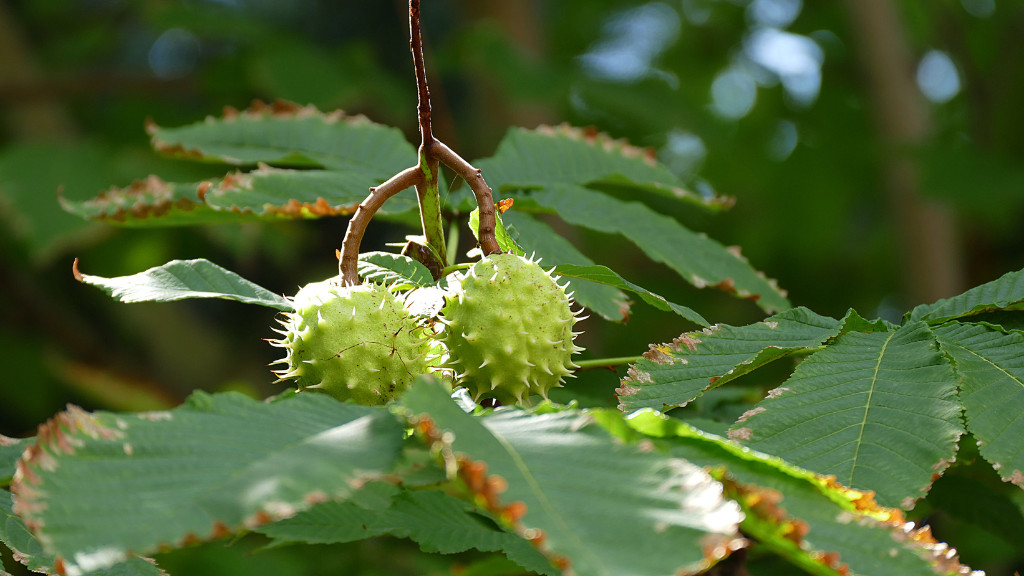
Growing Season: Late Spring to Early Fall
Leaf Shape: Oblong, Toothed Edges
Special Needs: Well-drained soil, Full sun to partial shade
Common Pests: Gall wasps, Chestnut weevils
The Chestnut Tree is a deciduous tree known for its towering height and broad canopy. It produces green balls covered in spiky, needle-like protrusions. Just like persimmon trees, these green balls eventually open up to reveal shiny, edible chestnuts. The tree is not only beautiful to look at, but it also has lots of chestnuts, which are a holiday favorite.
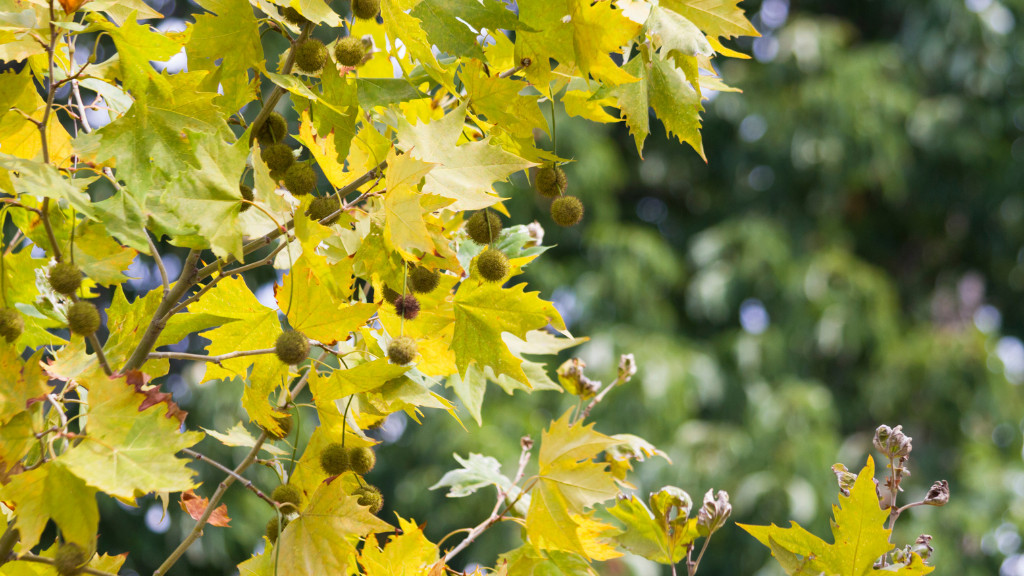
Growing Season: Spring and Summer
Leaf Shape: Lobed, resembling a maple leaf
Special Needs: Moist, well-drained soil, Full sun
Common Pests: Aphids, Powdery mildew
The Sycamore Tree is a robust, fast-growing tree that thrives in a variety of soil types. It’s easily recognizable by its mottled, exfoliating bark and large, hand-shaped leaves. The tree produces green balls that hang from its branches like ornaments. These balls eventually dry out and release seeds that are carried away by the wind.
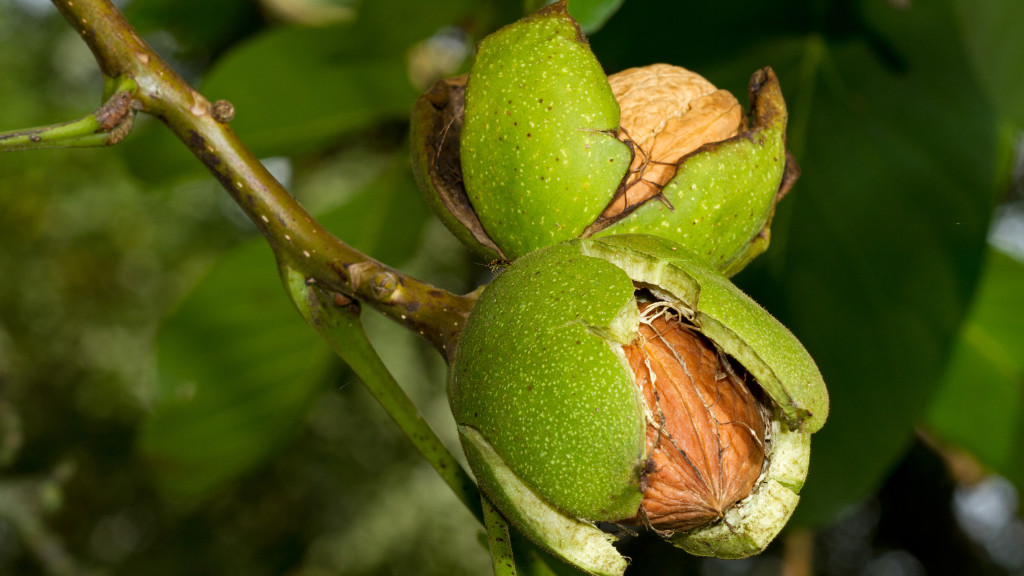
Growing Season: Late Spring to Early Fall
Leaf Shape: Pinnately compound
Special Needs: Deep, well-drained loamy soil, Full sun
Common Pests: Walnut husk flies, Aphids
The Walnut Tree is a majestic tree known for its valuable timber and edible nuts. It produces green balls that are actually its fruits, covered in a green husk. These husks contain walnuts, which are a rich source of nutrients. However, the tree’s roots release a toxin that may inhibit the growth of certain other plants, so placement is key.
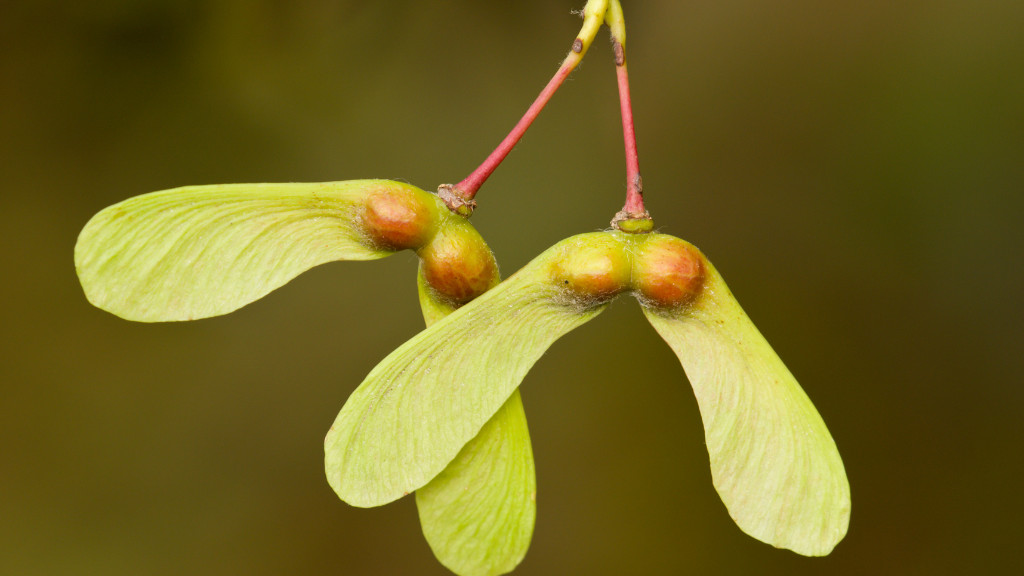
Growing Season: Spring and Fall
Leaf Shape: Palmate, with 3 to 9 pointed lobes
Special Needs: Well-drained soil, Full to partial sun
Common Pests: Aphids, Scale insects
The Maple Tree is a versatile species that thrives in a variety of climates and soil types. This tree is famous for its beautiful fall foliage. It also makes small green balls that are actually winged seeds. People call them “helicopters” because of the way they fall to the ground. These seeds are an important food source for many animals and are also a beautiful natural event to see.
Unique Characteristics of Trees with Green Balls
A tree with green balls makes green growths that look like spheres, but the trees are not all the same. Each tree has its own set of unique characteristics that make it stand out.
Green balls tree
FAQ
What kind of tree has green balls on it?
What are green balls on pine trees?
What are the big green balls that fall from trees called?
What is a little green ball tree?
Trees with little green balls can be easy to grow and make a wonderful addition to any garden. Such trees can provide structure, shade, and privacy, as well as food for birds and small animals. However, if you are having difficulties finding out details about such trees then you are in the right place.
Which trees drop green balls?
There are a few different trees that drop green balls. The most common is the American sycamore, which is found in North America. Other trees that drop green balls include the London planetree, the Chinese tallow tree, and the ginkgo biloba. Why do trees drop green balls? Trees drop green balls for a variety of reasons. To reproduce.
Are evergreen trees lifeless?
Evergreen trees bring life to the landscape even in the coldest months. In the growing season, it is easy to dismiss evergreens as just another “green” in the landscape. But once the deciduous trees discard their leaves, they take on a bare and lifeless appearance. The evergreens remain, displaying beautiful colors and textures.
Do trees drop green balls?
Galls can be a nuisance, but they are not harmful to the tree. In fact, some galls can actually be beneficial to the tree. If you are interested in seeing trees drop their green balls, you can visit a local park or forest during the spring, summer, or fall. What Trees Drop Green Balls? There are a few different trees that drop green balls.
Are evergreen trees a ‘green’?
He has since produced designs for projects across the country. As a writer, John aims to share knowledge while promoting engagement with the outdoor world. Evergreen trees bring life to the landscape even in the coldest months. In the growing season, it is easy to dismiss evergreens as just another “green” in the
Are green balls a fruit?
The green balls are actually immature fruits called samaras. Samaras are dry, winged fruits that are dispersed by the wind. The trees drop them in the fall to help spread their seeds. Are the green balls poisonous?
- The Ultimate Guide to Growing Strawberries in Raised Beds - August 8, 2025
- No-Dig Garden Beds: The Easiest Way to Grow a Beautiful Garden - August 6, 2025
- How to Protect and Preserve Wood for Raised Garden Beds - August 6, 2025
